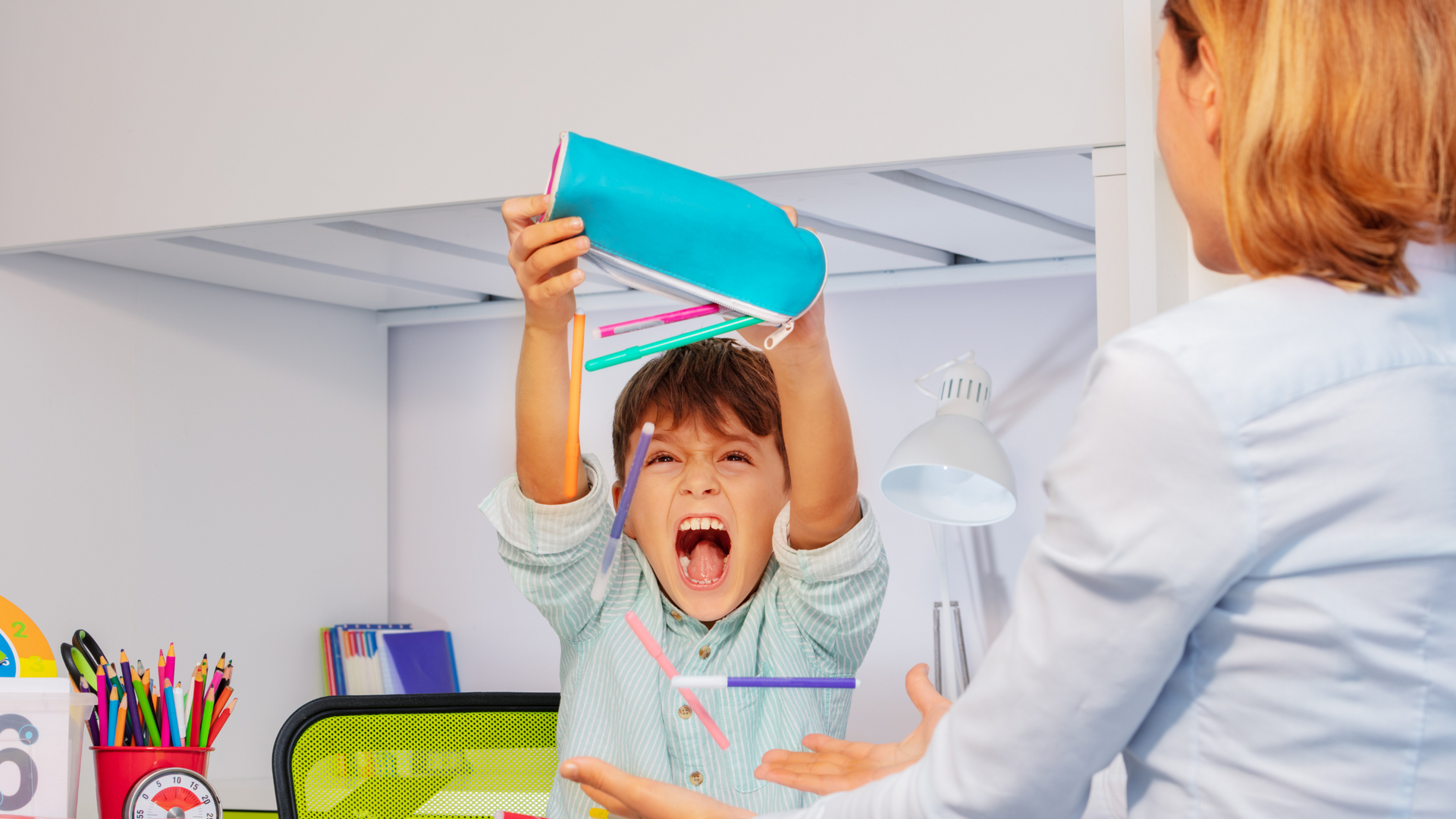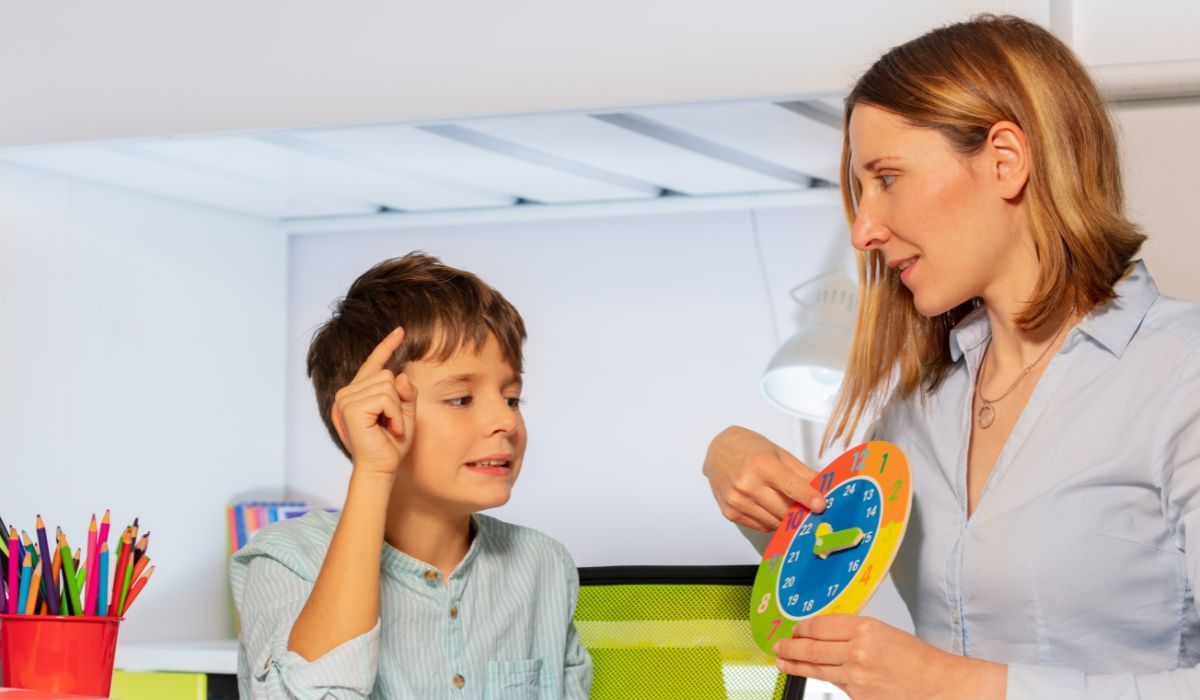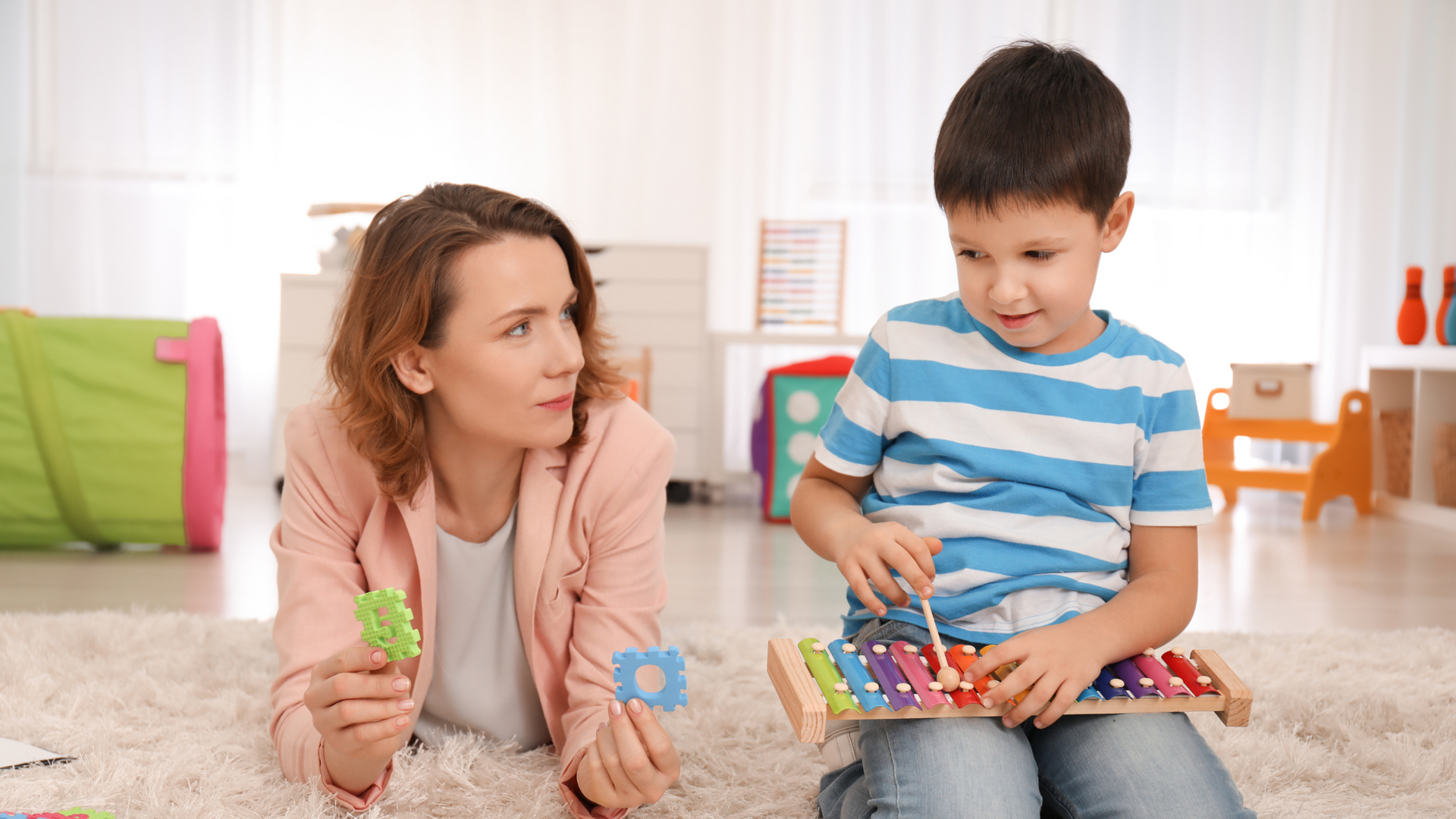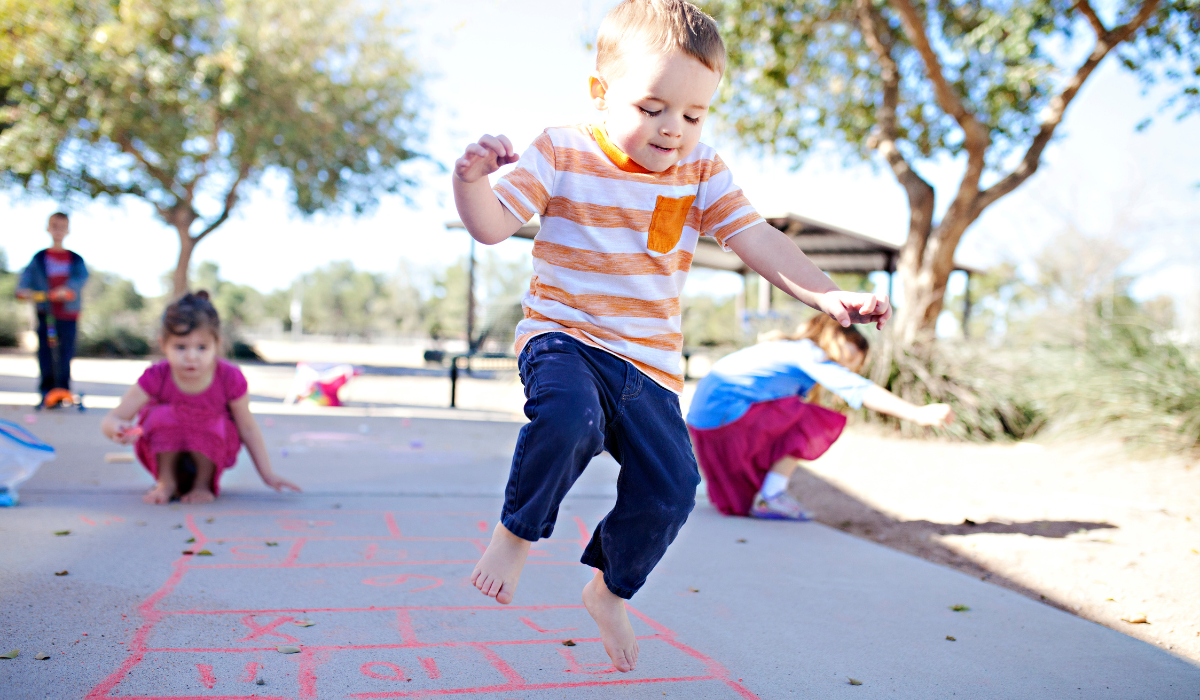The Transition from Preschool to Kindergarten for Children with Autism
Reece Epstein • June 23, 2025
Easy tips to help kids with autism feel ready and confident for kindergarten.

Transitioning from preschool to kindergarten is a significant milestone for any child, but for children with autism, this step brings unique challenges and opportunities. It marks the beginning of a more structured academic environment with increased social expectations and new routines. With the right strategies and supports, this transition can be both successful and enriching for the child and the family. Understanding how to prepare for and manage this shift is crucial to ensure a positive start to formal education.
Understanding the Importance of the Transition
The move to kindergarten introduces children to a setting that demands more independence, increased attention spans, and stronger social engagement. Children are expected to navigate longer school days, follow multi-step instructions, participate in group learning, and adjust to a classroom setting with fewer adults per child. For children with developmental differences, these demands can sometimes feel overwhelming without the proper support.
The preschool years often provide a nurturing, play-based learning atmosphere with flexible schedules and individualized attention. In contrast, kindergarten usually introduces a more academic curriculum, formalized instruction, and increased expectations for peer interaction. Preparing a child for these changes requires collaboration between families, educators, and professionals who understand the child’s specific needs.
Common Challenges During the Transition
1. Changes in Routine:
One of the most noticeable shifts is the change in daily structure. The kindergarten day may be longer and include transitions between subjects, specials like music or art, and scheduled lunch and recess periods.
2. Social Demands:
Children are expected to share, take turns, work in groups, and follow classroom norms. These expectations can be daunting without practice and clear guidance.
3. Communication Gaps:
Children may struggle to express needs, ask for help, or understand abstract classroom instructions, especially in a setting with multiple students and limited one-on-one interaction.
4. Behavioral Expectations:
Kindergarten classrooms have more defined behavioral norms. Children must sit still for longer periods, respond to group cues, and manage impulses more effectively.
5. New Environment:
Adapting to a new building, teacher, classmates, and learning materials can be disorienting without prior exposure or preparation.
Early Preparation: Setting the Stage for Success
Preparation for kindergarten should begin months before the transition takes place. Here are some essential steps families and professionals can take:
1. Start with a Strong IEP
A child’s Individualized Education Program (IEP) should reflect the skills and supports needed to thrive in kindergarten. This may include academic goals, communication strategies, behavioral plans, and accommodations like visual schedules or break times. Regular IEP meetings with school staff help ensure alignment between preschool and kindergarten expectations.
2. Visit the New School Environment
Familiarizing the child with the new classroom, playground, cafeteria, and other facilities reduces anxiety. A few short visits before school starts can help the child feel more comfortable. Families can request to meet the teacher and practice drop-off and pick-up routines.
3. Build Key Skills Gradually
Preschool educators and parents can begin introducing kindergarten-related skills such as sitting in a group, following a class schedule, packing and unpacking a backpack, or using the bathroom independently. Small group interactions with peers can also support growth in cooperation and turn-taking.
4. Use Visual Supports and Stories
Social stories, visual calendars, and picture schedules can reinforce understanding of what kindergarten will look like. These tools help children anticipate what will happen and how to respond, making transitions smoother.
5. Practice Communication Strategies
Work on functional communication skills to ensure the child can express basic needs, make choices, and seek help appropriately. These skills are essential for confidence and autonomy in a classroom setting.
The Role of Applied Behavior Analysis
Applied Behavior Analysis (ABA) is one of the most effective, evidence-based interventions to support children during this transition. ABA therapists use data-driven strategies to increase desirable behaviors and reduce those that interfere with learning.
Families in Maryland who are navigating this shift can benefit from applied behavior analysis Maryland services. ABA professionals can work directly with children in home, clinic, or school settings to teach transition skills, social behaviors, classroom readiness, and communication.
Some specific ways ABA helps include:
- Teaching the child how to ask for help
- Reinforcing positive classroom behaviors like raising a hand or sitting quietly
- Building tolerance for transitions between activities
- Helping the child follow instructions from unfamiliar adults
- Training the child to initiate interactions with peers appropriately
In addition, ABA providers often collaborate with teachers and school staff to create a supportive learning environment tailored to the child’s needs.
Tracking Progress and Adjusting Supports
Once the child begins kindergarten, it’s essential to monitor how they are adjusting academically, socially, and behaviorally. Regular check-ins with teachers and ABA professionals can help identify any emerging issues and allow for timely adjustments.
Documentation of progress—both in the classroom and during therapy—can guide decision-making and help determine if additional supports or modifications are needed.
In Maryland, providers offering applied behavior analysis Maryland services often include progress monitoring and collaboration with schools as part of their comprehensive support. This ensures the child continues to grow and thrive beyond the initial transition period.
Conclusion
The move from preschool to kindergarten may feel like a big leap, but with thoughtful planning, early preparation, and consistent support, children can adapt, flourish, and meet new challenges with resilience. Applied Behavior Analysis plays a central role in this process, empowering children to succeed in a structured school environment while helping families and educators provide the right scaffolding at every step.
About Us
At Able Minds ABA, we’re here to help. Contact us today to learn more about our services.

Choosing the right ABA therapy provider is a crucial step toward helping your child achieve greater independence, improved communication, and better social skills. In Maryland, families are fortunate to have a growing number of options for applied behavior analysis therapy , but with so many choices, it can be overwhelming to know where to begin. Whether your child has just received a diagnosis or you’re transitioning between providers, selecting the best fit means looking beyond the surface. The right provider offers not just therapy sessions—but compassionate care, individualized plans, and a team committed to your child’s long-term success. What Is Applied Behavior Analysis (ABA) Therapy? Applied behavior analysis therapy is a science-backed intervention that focuses on understanding and improving behaviors. It’s particularly effective for children who face developmental and behavioral challenges, such as autism. ABA breaks down complex skills into manageable steps and uses positive reinforcement to help children master those skills. A certified applied behavior analyst therapist develops personalized programs tailored to each child's strengths, challenges, and goals. Over time, ABA can help build critical life skills such as communication, emotional regulation, cooperation, and self-help. Why Finding the Right ABA Provider in Maryland Matters Not all ABA therapy providers offer the same level of care. In a state like Maryland—with diverse communities from Baltimore to Silver Spring to Annapolis—parents must carefully evaluate local providers based on their approach, credentials, and experience. Choosing the right partner for your child’s development ensures: Faster progress through tailored interventions Stronger collaboration between family and therapists Better preparation for school and social life Whether you're seeking applied behavioral analysis Maryland services in-home or in-clinic, quality and fit matter. Step-by-Step Guide to Choosing the Best ABA Therapy Provider in Maryland 1. Confirm Credentials and Certification The most reputable ABA therapy providers in Maryland are staffed with: Board Certified Behavior Analysts (BCBAs) – who design and oversee your child’s treatment Registered Behavior Technicians (RBTs) – who implement the therapy under BCBA supervision Always verify the provider is licensed to deliver applied behavior analysis therapy in Maryland. Check credentials through: Behavior Analyst Certification Board (BACB) Maryland Department of Health 2. Ask About Treatment Philosophy No two children are alike. That’s why effective ABA therapy is never “cookie-cutter.” Look for providers who: Conduct detailed initial assessments Develop individualized treatment plans Use data to guide decisions Adjust strategies as your child grows The best applied behavior analyst therapists focus on creating measurable, achievable goals tailored to your child’s unique needs. 3. Explore the Service Delivery Options Depending on your child’s needs and your lifestyle, you may prefer: In-home ABA therapy : Delivered in the comfort of your home for real-life skill-building Clinic-based ABA therapy : Offers structured learning environments and peer interaction School-based support : Collaborates with educators to reinforce skills during school hours Telehealth : Ideal for remote or flexible support Ask if the provider supports families throughout the state or in specific regions (e.g., Montgomery County, Prince George’s County, or Baltimore City). 4. Check Insurance Coverage and Billing Transparency Therapy can be costly, but the right provider will help you navigate: Maryland Medicaid and private insurance plans Out-of-pocket cost estimates Prior authorizations Payment plans or financial assistance A high-quality provider will also assign a care coordinator to support you with insurance paperwork and communication. 5. Learn About Staff Training and Retention Children thrive on consistency. A reliable provider invests in: Ongoing staff training Low staff turnover Regular BCBA supervision of RBTs Therapeutic consistency (same therapist assigned regularly) A committed and experienced applied behavior analyst therapist can form a meaningful bond with your child and deliver more effective results. 6. Understand Family Involvement You are an essential part of your child’s therapeutic journey. The best ABA providers offer: Weekly parent training and coaching Opportunities to observe sessions or review data Monthly progress meetings Tools to continue behavior strategies at home Providers who embrace family-centered care lead to stronger outcomes and smoother integration of skills into daily life. 7. Ask for Success Stories and References Don’t hesitate to ask: How many families they’ve served in Maryland Testimonials or references from current clients Case examples (anonymized) that match your child’s challenges Reading Google reviews, Facebook feedback, and local parenting forums can also give insight into the provider’s reputation in your community. 8. Visit the Facility or Schedule a Virtual Tour Seeing the environment where your child will receive therapy is invaluable. While there: Observe how therapists interact with children Look for clean, safe, and well-equipped spaces Ask about the ratio of children to therapists For in-home aba therapy, ask what materials and resources the therapist will bring and how sessions are structured. 9. Evaluate Their Communication and Responsiveness Strong communication is key. Your provider should: Respond promptly to inquiries Clearly explain the assessment process and therapy goals Be transparent about timelines, policies, and staff You should feel supported—not rushed—through the intake and onboarding process. 10. Trust Your Instincts Ultimately, choosing an ABA therapy provider is a personal decision. If you feel that a provider listens to your concerns, understands your goals, and truly cares about your child’s progress, that’s a strong sign you’re in the right place. Leading Providers Offering Applied Behavioral Analysis in Maryland Some trusted names to begin your search include: Able Minds ABA – A provider offering applied behavior analysis therapy across Maryland with flexible in-home services and experienced clinicians. Behavioral Framework Verbal Beginnings Key Connections ABA Services Each of these organizations provides certified applied behavior analyst therapists and offers individualized programs designed for success. Final Thoughts Choosing the best ABA therapy provider in Maryland doesn’t have to feel overwhelming. When you understand what to look for—from credentials and personalized care to communication and insurance support—you can find a team that fits your family’s needs and empowers your child to thrive. By investing in quality applied behavioral analysis Maryland services, you’re laying the foundation for a brighter, more independent future for your child.









